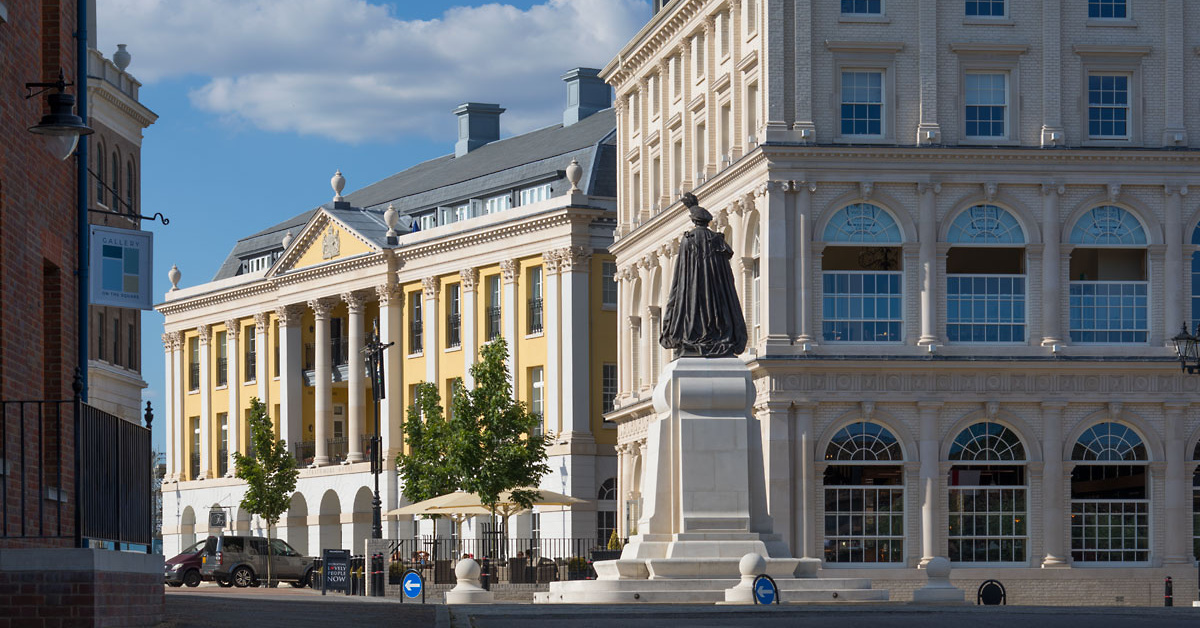Little Oval: Cricket and Gasworks
“An Odean went past, a cooling tower, And someone running up to bowl”
The Whitsun Weddings, Philip Larkin
Gas holders have been a distinctive feature of English cities for over a century. Particularly recognisable have been those overlooking the Oval Cricket Ground in South London with their shape quietly echoing the name and form of Surrey County Cricket Club’s home ground.
However, the transfer to natural gas and the creation of the national grid pipework means that London no longer needs gasholders. The site, formerly a dairy belonging to the Duchy of Cornwall, is now being redeveloped by the Berkeley Group. Their masterplan is spatially well conceived and is much better than many central London developments. However, many neighbours consider it too bulky, too high and too anonymous ‘could be anywhere’. In 2015 therefore, at the request of, and working with, the local neighbourhood forum, residents from the Kennington Park Estate and the Save Oval Campaign Group we drew up a sketch alternative master plan. We called it Little Oval.
Little Oval delivers identical retail and job-generating commercial space. It can deliver a comparable (though slightly lower) number of homes. Its key features are a green route from Kennington Park to Kennington Lane, a traditional medium rise street pattern, a public circus (‘Gasholder Circus’) taking advantage of the ‘iron’ aesthetic of the Victorian gas works and the other gasholder being used as a green public space (‘Little Oval’).
In our local survey it was far more popular. 92 per cent of those filling in our online survey preferred it. It received an average rating (out of 10) of 8.13 compared to 2.97 for the conventional scheme. Only eight per cent of local residents supported the high-rise approach being taken in nearby Vauxhall and Nine Elms whose long-term future has been characterised as one of tumbleweed and wind canyons.
Little Oval keeps two, not one, of the iconic gas holders and uses both as public spaces. It is lower rise (three to eight storey) and has a much stronger ‘sense of place’ by developing an exciting and new ‘iron aesthetic’ to respond to the gasholder legacy and which perhaps echoes some of the balconies and ironwork of towns such as New Orleans.
Neighbourhoods can change and still remain true to themselves.
Team: Create Streets, Francis Terry and Associates, John Spence, Urban Engineering Studio (David Taylor).
You might also like...
-

Queen Mother Square, Poundbury, Dorset
-

264-267 Tottenham Court Road, London
-

Mount Pleasant: Fortress or Circus?
-

West Hampstead: What is a Mansion Block?
-

Northampton: Narrow Fronts, Many Doors
-

Wimbledon: What is It to Be Premier?
-

Euston Road: Can an Arch a Boulevard Make?
-

Empress Place: Join the Street, Don't Destroy It






